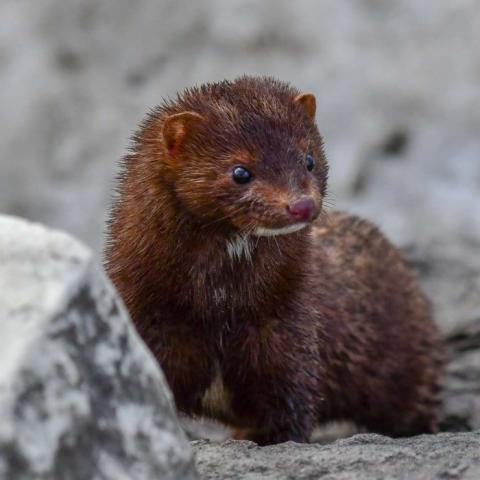The management of invasive alien species in Finland, Sweden and Norway | webinar

Organised by the World Wildlife Foundation (WWF) at Barents IAS. The event recording will be translated to Finnish, Swedish, Norwegian and Northern Sami.
18 April 2024, 18:00-19:00 EEST
What is the current spreading situation of the target plant species of the Barents IAS project in Finland, Sweden and Norway? How do the regulations guide the IAS management? How can you report your observations and prevention work of invasive species in each country? Invasive alien species experts from Finland, Sweden and Norway will reveal the answers!
>> Join here (no registration required)
Get your copy of the IPBES Invasive alien species assessment from the IPBES website, the platform's latest report. For an overview of IPBES publications, materials, and projects on invasive alien species, see our dedicated page.
The WWF Educational Series
This event is part of an education series organised by the World Wildlife Foundation (WWF) at Barents IAS. Further events are available in Finnish, with recordings translated into Swedish, Norwegian and Northern Sami:
- 04 April 2024, 18:00 EEST: Invasive alien species are a significant threat to biodiversity.
>> Join here
- 11 April 2024, 18:00 EEST: Barents IAS-project plant species – Garden lupin, nootka lupin, hogweeds and himalyan balsam
>> Join here
- 25 April 2024, 18:00 EEST: Why should harmful alien plants be removed from the perspective of pollinators?
>> Join here
For further details see the Barents IAS upcoming events page.
About Barents IAS
The aim of Barents IAS is the activation of the inhabitants and actors of the Barents region for the management of invasive alien species. The project focuses on invasive alien plants and the pink salmon (humpback salmon) and operates in the Barents region in Norway, Sweden, and Finland. The project is funded by the Ministry of Foreign Affairs of Finland.
Photo by pfaucher on iNaturalist: American mink (Neovison vison or Mustela vison or Neogale vison) in Vermont, USA, part of its native habitat. This species was introduced to Europe for fur farming, and spread due to accidental escapes and deliberate release. It is a voracious predator which kills in excess of its needs due to the phenomenon of surplus killing, endangering prey populations. To learn more, see the Global Invasive Species Database.
